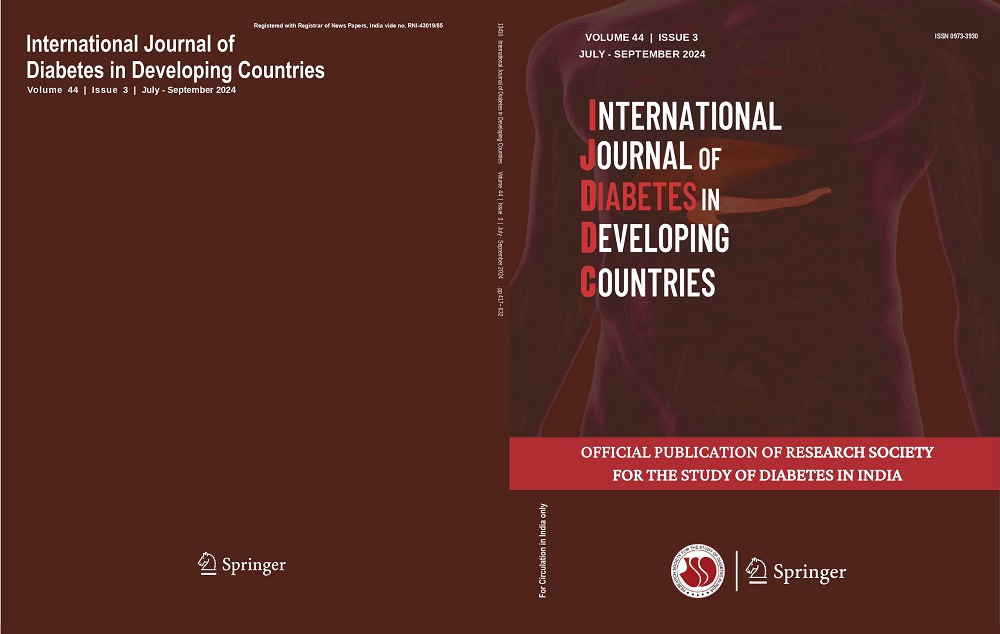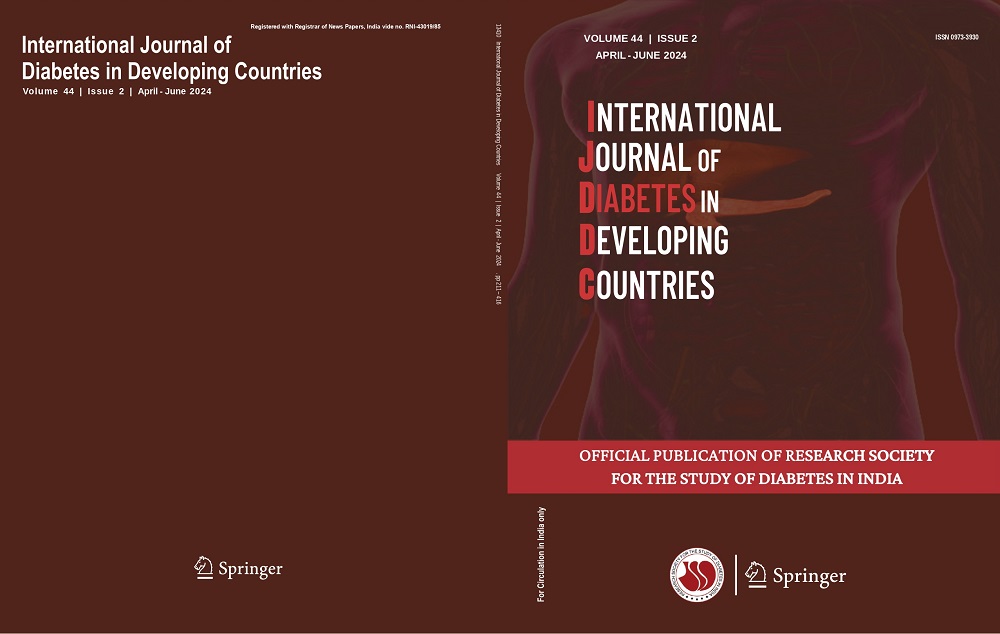Merve Güner Oytun, Serdar Ceylan, Meltem Koca, Yelda Öztürk, Arzu Okyar Baş, Cafer Balcı, Burcu Balam Doğu, Meltem Gülhan Halil, Mustafa Cankurtaran
Keywords
Older adults • Diabetes Frailty • SGLT-2 inhibitors
Abstract
Purpose Sodium-glucose transporter-2 (SGLT-2) inhibitors are second-line therapy in type 2 diabetes mellitus (DM) with or without metformin based on glycemic needs. However, the safety and efficacy of SGLT-2 inhibitors in older adults are controversial, and not sufficient evidence is present in the use of older adults with DM.
Methods Forty-one patients with DM, who were started on a new SGLT-2 inhibitor between 2019 and 2021, were included in the study. Patients’ records were reviewed retrospectively. Demographic features, components of comprehensive geriatric assessment, laboratory values including glycosylated hemoglobin (HbA1c), renal functions, and urinary analysis were recorded. Complications regarding dehydration, genitourinary infections, acute renal failure, and emergency department admission with euglycemic ketoacidosis or serious infection related to SGLT-2 inhibitors were also documented.
Results The mean age of participants was 69 ± 5.3 years, and 20 patients were living with frailty via the clinical frailty scale. The median follow-up time was 5.0 (3.0–7.0) months. The mean ± SD HbA1c before SGLT-2 inhibitors was 8.56 ± 2.12%, and after treatment, it was 8.13 ± 1.25% in patients living with frailty (p > 0.05). HbA1c level before SGLT-2 inhibitor treatment was observed as 8.87 ± 2.08%, and it was 7.44 ± 0.87% after the treatment among non-frail patients (p < 0.05). Complication rates related to SGLT-2 inhibitors were significantly higher in the patients living with frailty than in the non-frail patients
(40% vs 9.5%, respectively p < 0.05).
Conclusion Patients living with frailty are more vulnerable to adverse effects of SGLT-2 inhibitors, and their benefits are limited. Therefore, it should be used with caution in older adults with frailty. Longitudinal prospective studies should be conducted to support our findings.




